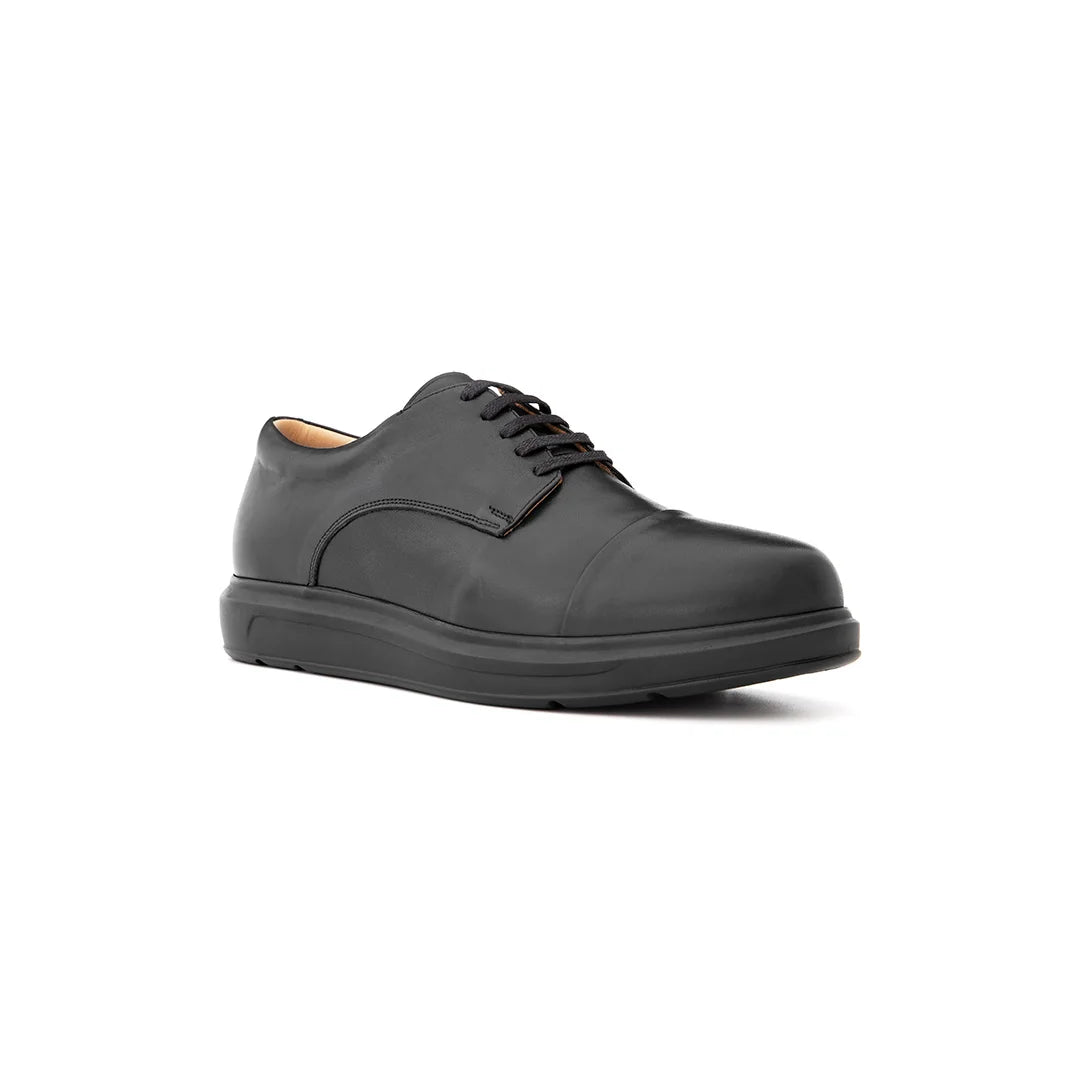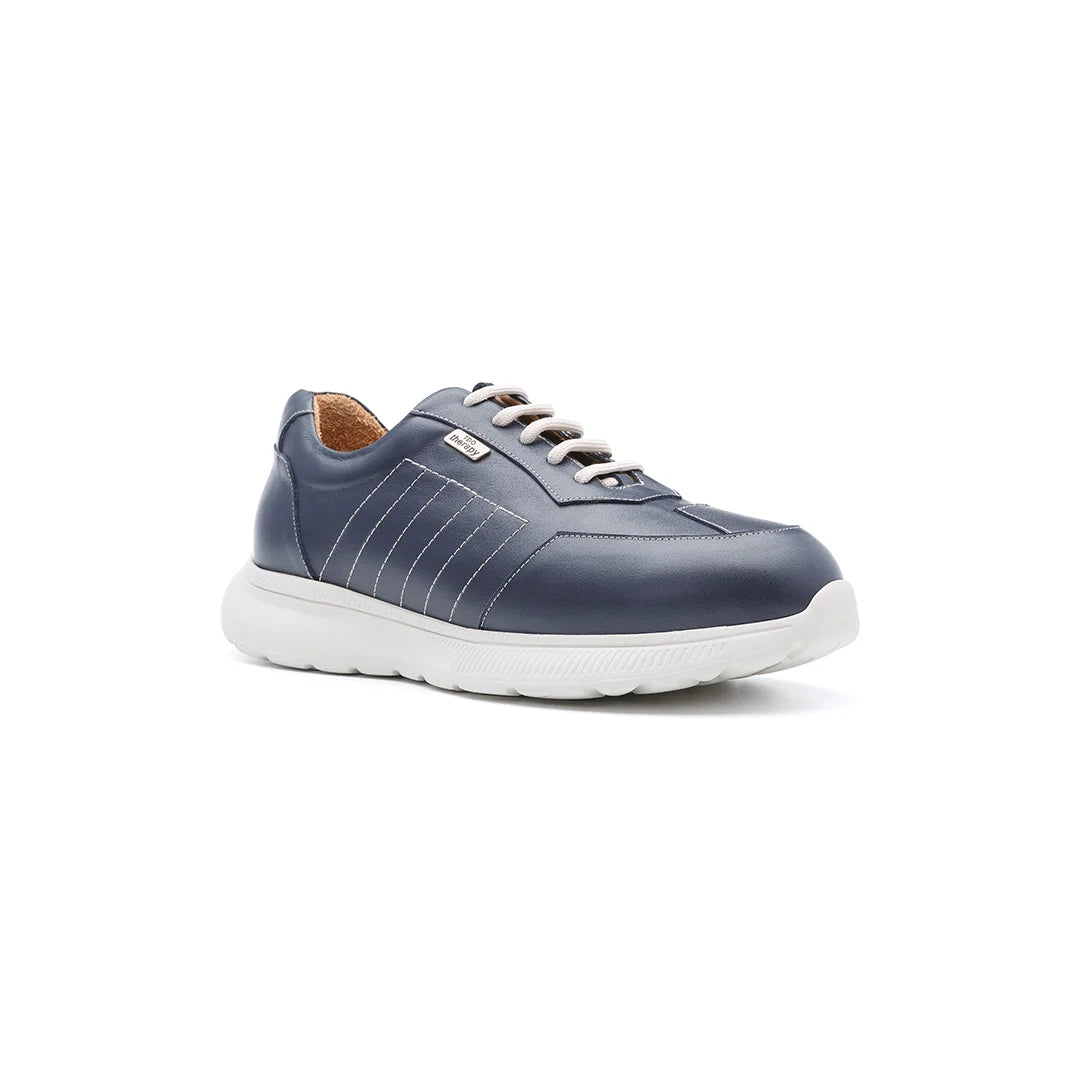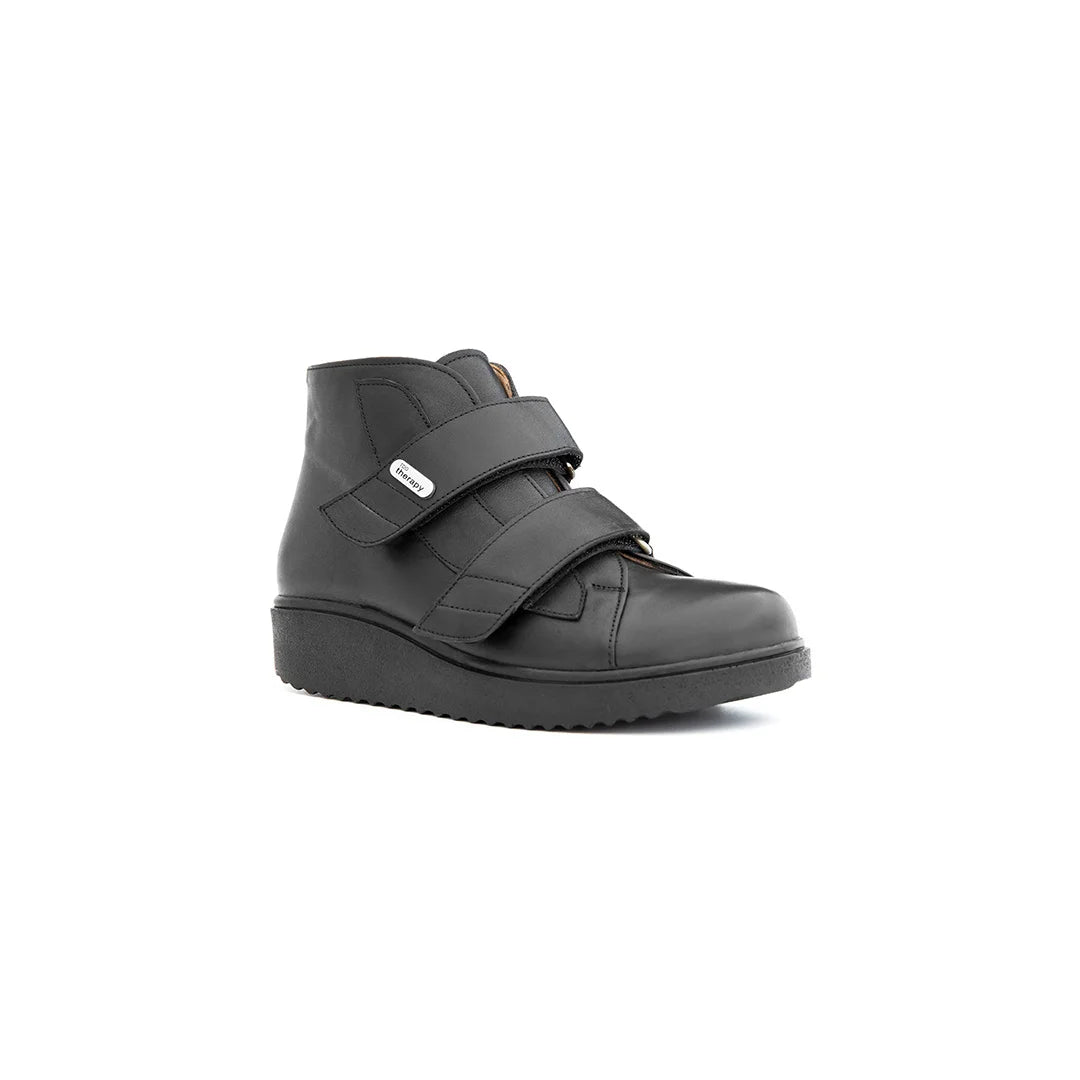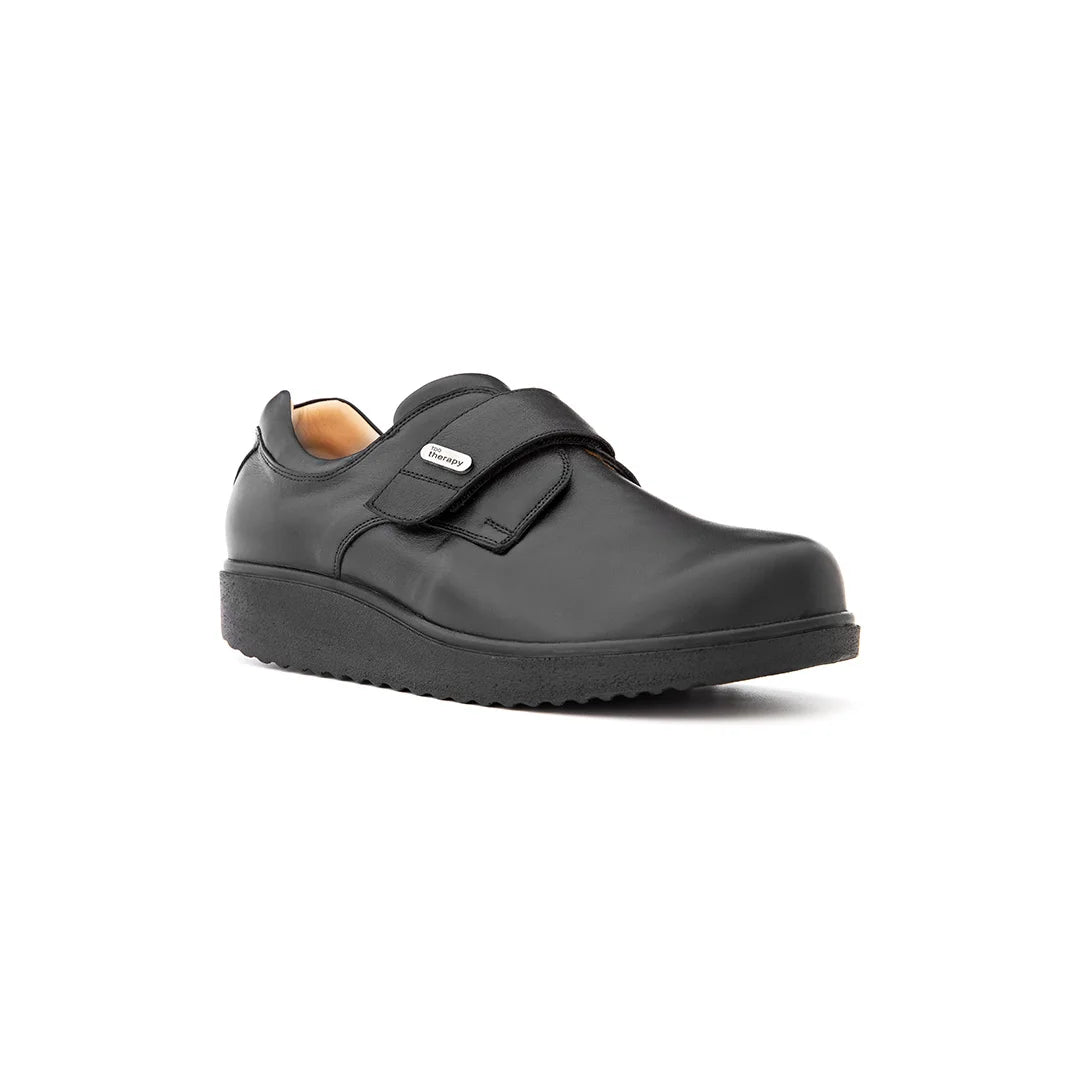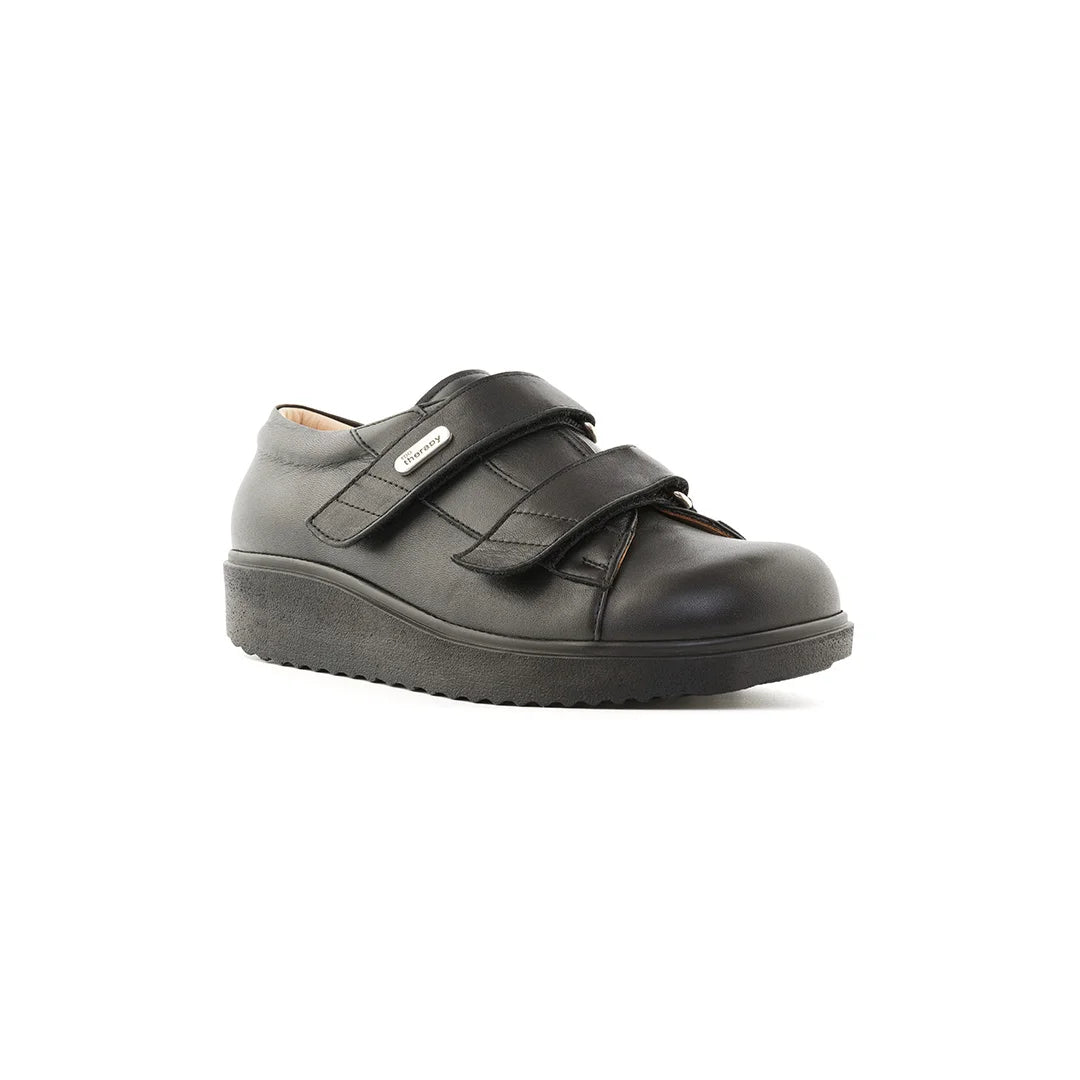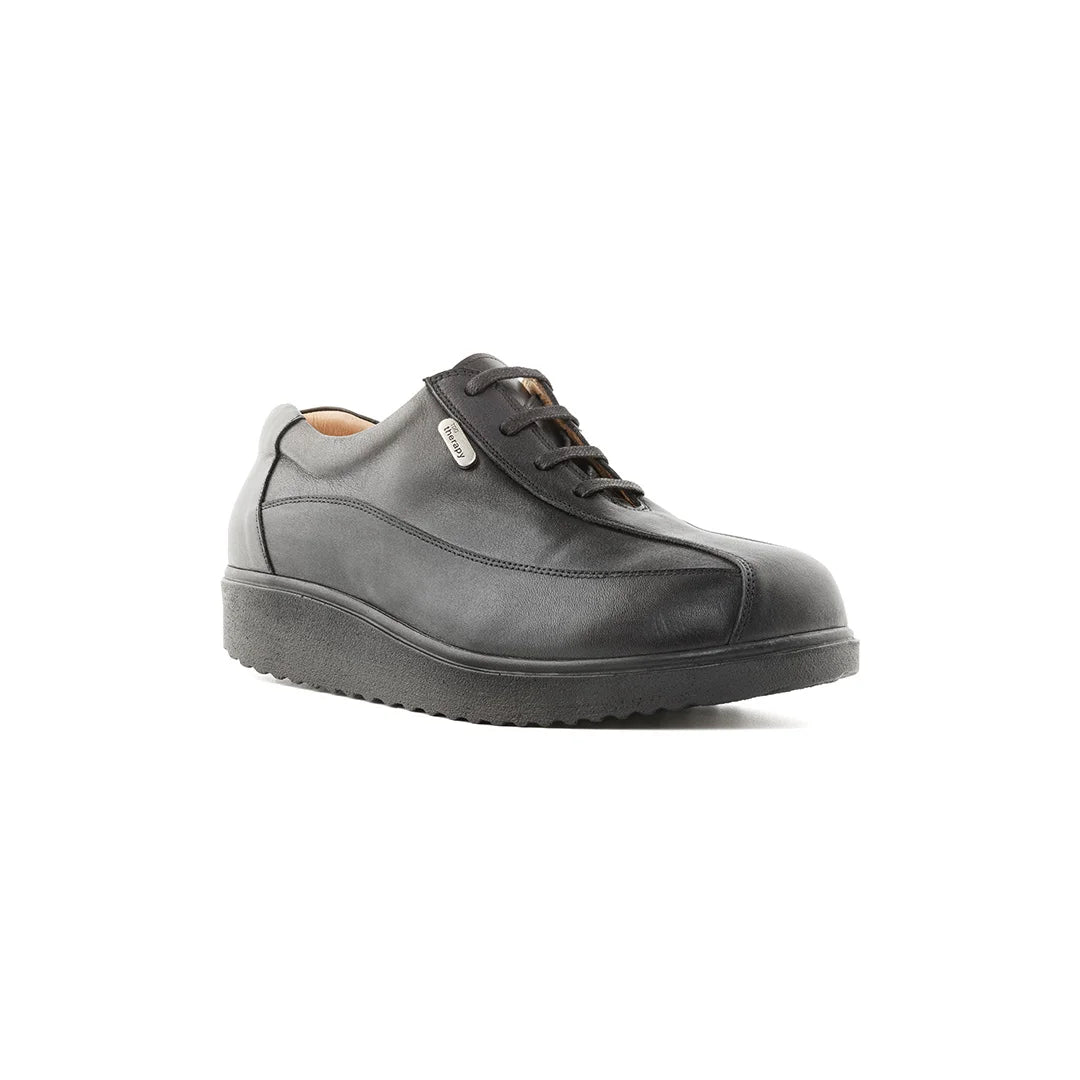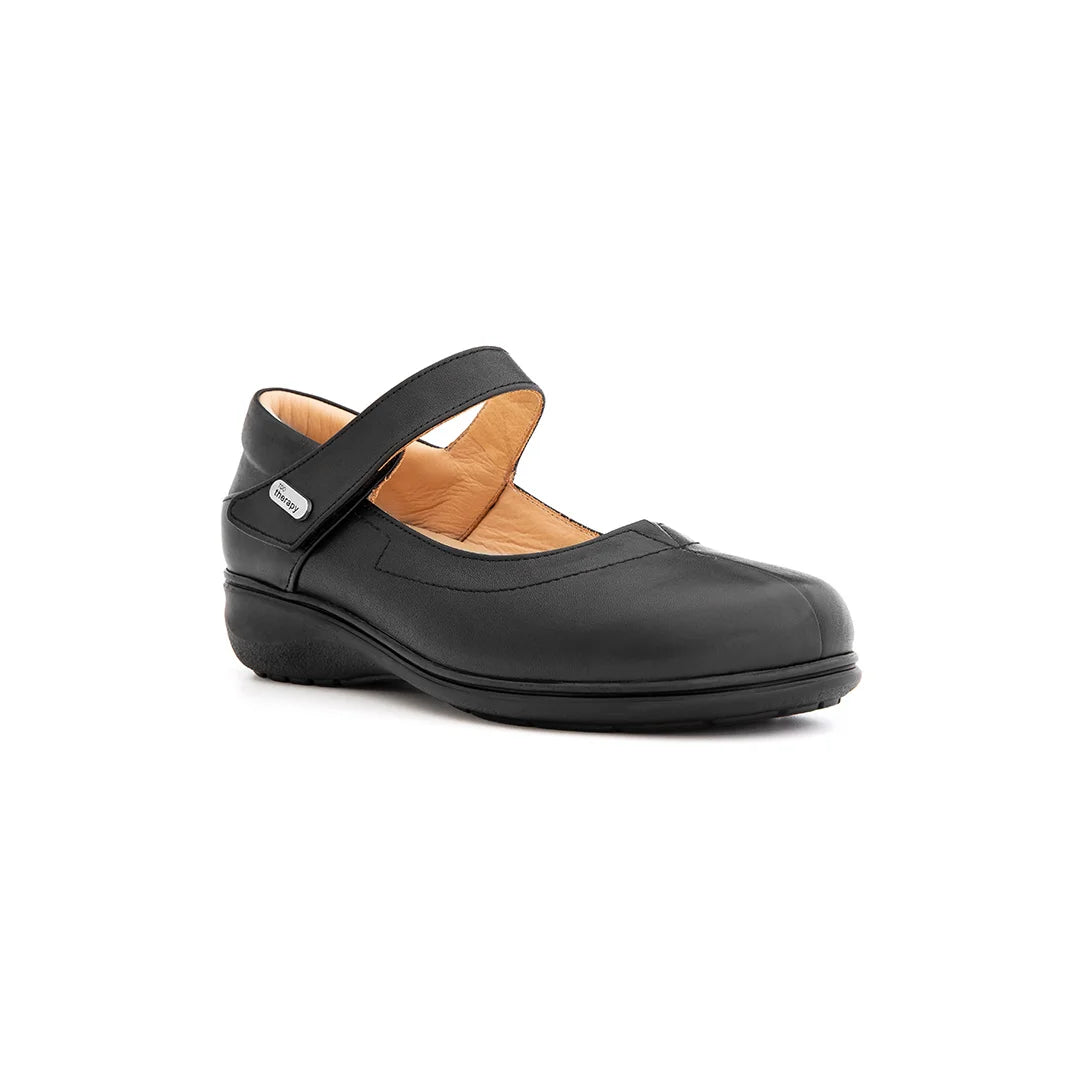When it comes to choosing shoes, most people focus on length — but width is just as important. Wearing shoes that are too narrow or too wide can cause discomfort, long-term damage, or make existing foot problems worse. Whether you have bunions, swelling, or just wider-than-average feet, getting the right width makes all the difference. In this guide, we’ll break down how to choose the correct shoe width and how TDO Therapy makes it easy with width options designed for real feet.
Key Takeaways
-
Shoe width matters just as much as length for proper fit and comfort.
-
Signs of incorrect width include rubbing, numbness, or slipping inside the shoe.
-
TDO Therapy offers shoes in different widths and depths for customised comfort.
-
Getting measured properly — not just guessing — is essential.
-
The right width prevents injuries and supports better foot health.
Why Width Is So Important
It’s easy to assume all shoes are built the same, but feet come in a wide range of shapes and sizes. While some people have a narrow foot with a high arch, others might have wide feet with bunions or swelling. A shoe that’s the right length but the wrong width won’t fit properly — and that can lead to problems like:
-
Blisters and corns from pressure points
-
Numbness or tingling due to restricted circulation
-
Foot fatigue or balance issues
-
Worsening of conditions like bunions, hammertoes, or plantar fasciitis
If your feet don’t feel supported, your whole body feels it.
Common Signs You’re Wearing the Wrong Width
Not sure if your shoes are the right width? Here are a few tell-tale signs:
❌ Shoes Are Too Narrow:
-
Toes feel cramped or rub against the sides
-
Redness, pressure marks, or calluses on the outside of the foot
-
Pain around the ball of the foot or bunion area
-
The upper material looks stretched or warped
❌ Shoes Are Too Wide:
-
Your heel slips while walking
-
You feel unstable or unbalanced
-
Wrinkling or bunching inside the shoe
-
You need to overtighten straps or laces
If any of these sound familiar, it might be time to look into a different width.
How to Measure Shoe Width Properly
Getting your correct width isn’t complicated, but it’s often overlooked. Here’s how to do it:
-
Measure your foot at the end of the day, when feet are most swollen.
-
Use a Brannock device (the measuring tool in most shoe shops), or visit a specialist fitter.
-
Measure both feet — one is often slightly larger.
-
Take note of the length and width letter (e.g. D, E, EE, 4E) or metric width scale.
TDO Therapy and many orthopaedic brands label shoes by width to make finding the right fit easier.
TDO Therapy’s Width and Depth Options
At TDO Therapy, we understand that comfort starts with fit. That’s why we offer:
✔️ Multiple Widths
Most of our models come in standard, wide, or extra-wide options. For example:
-
606-W: Ideal for wider feet needing more toe space
-
606.20-UNI: Offers extra width and ankle space for even more comfort
✔️ Added Depth
Many of our shoes are designed with extra depth, which works perfectly for:
-
Orthotic inserts
-
Swollen feet
-
Bunions or deformities
✔️ Specialist Lasts
Our shoes are built on medical lasts shaped to fit real foot types — not just fashion models.
Who Benefits from Wider Shoes?
You might need a wider or deeper shoe if you:
-
Experience swelling, especially with diabetes or venous issues
-
Have bunions, hammertoes, or arthritis
-
Use orthotics or insoles
-
Have naturally wide feet or a broader forefoot
-
Struggle to find shoes that feel comfortable for a full day
Wearing the correct width isn’t just about comfort — it’s about supporting your health and mobility.
The Comfort Test: What a Good Fit Feels Like
When you try on a properly fitted shoe, here’s what to look for:
-
Your toes have space to wiggle
-
No rubbing or pinching across the ball of your foot
-
Your heel feels secure — not loose, not squashed
-
The shoe stays in place without needing to be overtightened
-
You can wear them all day without discomfort
If the shoe passes the comfort test, it’s likely a good fit.
Conclusion
Too many people settle for shoes that are the wrong width — either because they don’t realise it matters, or they can’t find options that work. At TDO Therapy, we’re changing that by offering medical-grade footwear in multiple widths and depths to fit the people who need it most.
Whether you’re managing foot pain, swelling, or just want to walk comfortably all day, getting the right width is the first step. Because your shoes should fit your feet — not the other way around.
Frequently Asked Questions
What’s the difference between width and depth in shoes?
Width is the measurement across the ball of your foot. Depth refers to the internal space from sole to top — helpful for orthotics, swelling, or high arches.
How do I know if I need wide shoes?
If your shoes feel tight even in the right size, you get red pressure marks, or you need to size up just to get the width — you likely need a wider fit.
Do TDO Therapy shoes come in extra-wide sizes?
Yes! Models like the 606.20-UNI offer extra width and ankle room. We design for comfort, especially for medical needs.
Can I use orthotics in wide shoes?
Absolutely. Our extra-depth shoes are designed to accommodate insoles or orthotic devices without compromising fit.
Is it OK to wear shoes that are a bit too wide?
Not really. Shoes that are too wide can cause instability and rubbing. The best option is a properly measured fit with the right width and length.



